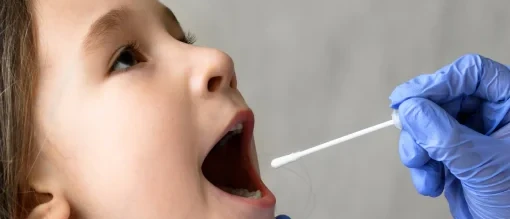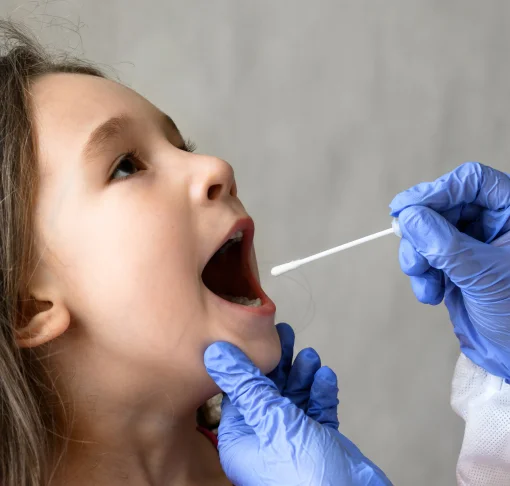Accurate Hair Drug Test Results Explained
The presence of drugs in a drug screen hair test does not always lead to a positive result. Even when drugs are detected, the outcome may still be reported as "Not Detected." Similarly, when a drug is not found, it does not definitively prove that drugs were not consumed. Results from a hair drug test and alcohol hair test should not be used in isolation but in conjunction with other evidence. In some cases, drug consumption may be lower than detectable levels, or various factors might limit the detection of drugs.
When critical decisions, such as a child’s custody or someone's employment, are at stake, ensuring the accuracy of positive results is essential.
To achieve this, "cut-offs"—threshold levels—are used in hair drug testing to determine whether substance use during the testing period is significant enough to be considered deliberate. A "Positive" drug test result indicates a high likelihood of drug use or exposure within a specific timeframe, determined by the hair sample's length. Conversely, a "Negative" result suggests the absence of detectable drug levels. However, this does not definitively rule out drug use or exposure; it may indicate the drug was present only in trace amounts, insufficient to confirm recent or intentional use.
Below, we delve into the purpose, determination, and implications of cut-off levels in hair drug testing.
What Is a Cut-Off in Hair Drug Testing?
Cut-off levels are benchmarks that help interpret drug test results more reliably. They minimise the likelihood of false positives arising from passive exposure or external contamination, such as environmental exposure to cannabis smoke or cocaine dust. Additionally, they help account for accidental, low-level drug ingestion, ensuring the results are both accurate and reliable.
These thresholds are especially useful in legal or workplace settings to limit the chances of misinterpretation of drug use.
Reporting Cut-Off Levels
Reporting cut-off levels differ depending on the specific drug being tested. The Society of Hair Testing (SoHT) provides recommended cut-off levels for both drugs and alcohol markers to identify chronic (repeated) use. AttoLife follows these recommendations where applicable.
Cut-Off Levels for Different Drugs
Cut-off levels vary based on the drug being analysed. AttoLife adheres to guidelines from the Society of Hair Testing (SoHT) and the European Workplace Drug and Alcohol Testing Society (EWDTS), which provide specific thresholds for different drugs. These thresholds also differ between initial screening and confirmation tests.
Drug Group |
Subgroup |
Cut-Off (pg/mg) |
|---|---|---|
| Opiates | Morphine, Codeine, Dihydrocodeine | 200 |
| 6-Monoacetylmorphine, Heroin | 200 | |
| Cocaine | Cocaine | 500 |
| Benzoylecgonine, Norcocaine, Cocaethylene | 50 | |
| Amphetamines | MDMA, MDEA, MDA, Methamphetamine, Amphetamine | 200 |
| Cannabinoids | THC | 50 |
| THC-COOH | 0.2 | |
| CBD | 50 | |
| Opioids | Tramadol | 200 |
| Oxycodone | 100 | |
| Methadone | Methadone | 200 |
| Buprenorphine | Buprenorphine | 10 |
| Ketamine | Ketamine | 200 |
Table 1: Recommended drug cut-off levels in hair for adults.
Cut-Off Levels for Different Sample Types
Different sample types (e.g., hair, urine, nails, or blood) have distinct cut-off concentrations. For example, the confirmation cut-off for cocaine is 100 ng/mL in urine, while in a hair strand drug test, it is 0.5 ng/mg. These differences arise due to the unique nature of each sample type and how drugs are absorbed and deposited. Correct cut-off values are essential when interpreting test results.
Do Cut-Off Levels Vary Between Laboratories?
Yes, cut-off levels can vary between laboratories. While many adhere to guidelines from organisations such as the SoHT, EWDTS, or the Substance Abuse and Mental Health Services Administration (SAMHSA), some laboratories set their own thresholds based on internal validation processes or client requirements. Understanding the methodology and standards of the testing laboratory is crucial.
Challenges in Hair Testing and Notes on Cut-Offs
There is a wealth of research on the internet about problems with hair follicle drug testing and how to defeat a hair strand drug test - some of which can actually make an impact on the results. Here are some key points to consider:
- Chemical and Physical Hair Treatments: Processes like dyeing, bleaching, perming, or thermal treatments can impact drug detection. Analysing hair washings can help address this. Read more about bleaching here.
- External Contamination: Environmental factors may influence results, making cut-off levels essential for accurate interpretation. Watch our webinar on “Contamination of Toxicology Samples in Child Custody Cases.”Limitations of Concentrations: Cut-offs cannot quantify exact drug consumption amounts.
- Special Cases: In drug-facilitated crimes (DFC), single-use cases, and testing children, lower limits of quantification (LOQ) are required rather than standard cut-offs.
The SoHT recommends considering these factors when interpreting test results and determining cut-offs. In some cases, subjects may try to evade detection in a drug hair strand test by cutting their hair off. This is not a good strategy as both body hair and finger or toe nails can also be used, albeit without being able to show a trend in drug usage over time.

